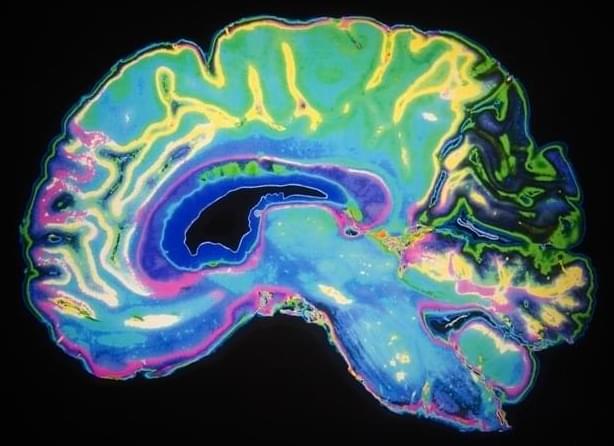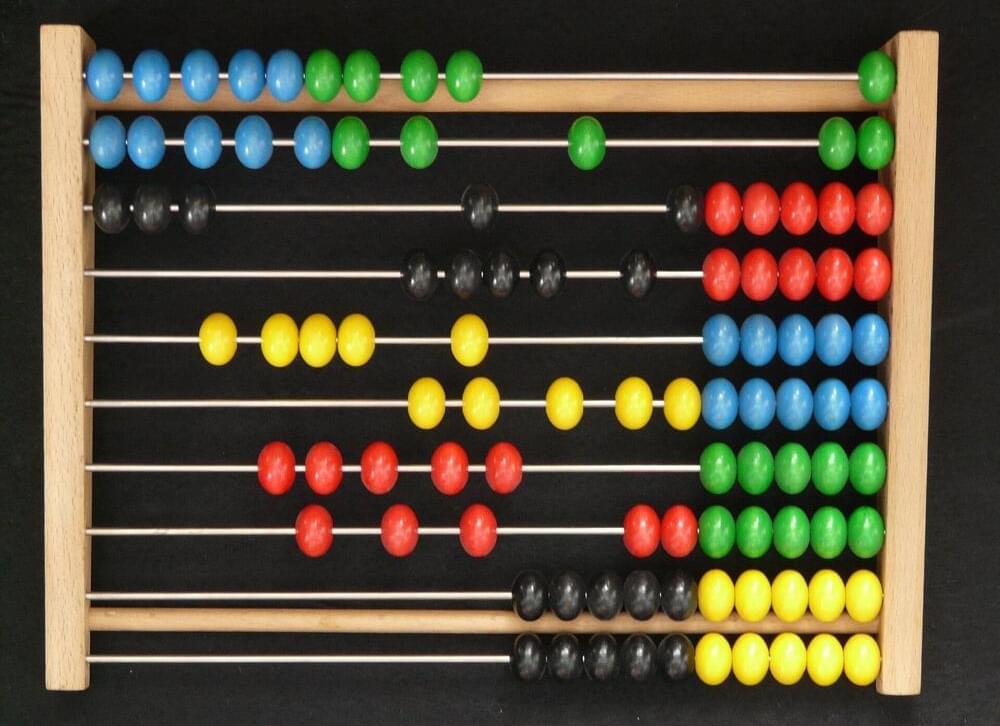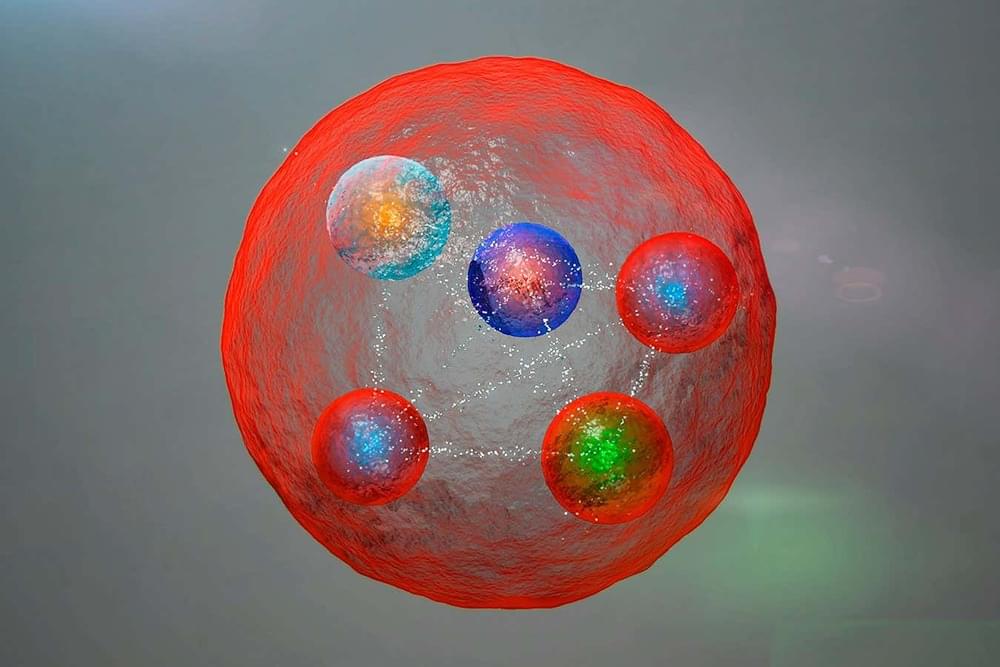The more competition the better. Download and spread around the world so large companies cant seal away competition under a cloak of AI safety.
Meta, the company formerly known as Facebook, has recently announced that it is open-sourcing its large language model (LLM) called LLaMA 2, making it free for commercial and research use. This move is seen as a direct challenge to OpenAI’s ChatGPT, the popular chatbot powered by the GPT-4 model, which is not open-sourced and requires a subscription fee to access.
LLaMA 2 is a generative AI model that can produce natural language texts based on a given input or prompt. It can be used for various applications such as chatbots, content creation, summarization, translation, and more. LLaMA 2 is the second version of Meta’s LLM, which was first released in February 2023. According to Meta, LLaMA 2 was trained on 40% more data than LLaMA 1, which includes information from “publicly available online data sources”. It also claims that it “outperforms” other LLMs like Falcon and MPT when it comes to reasoning, coding, proficiency, and knowledge tests.
Meta decided to make LLaMA 2 available for free through Microsoft’s Azure platform, as well as other providers such as AWS, Hugging Face, and direct download. Meta said that it wants to give businesses, startups, and researchers access to more AI tools, allowing for experimentation and innovation as a community. Meta also said that it is committed to “building responsibly” as it moves forward with its AI system. The company said its models have been tested for safety by “generating adversarial prompts to facilitate model fine-tuning”, both internally and externally. Meta also discloses how the models are evaluated and tweaked.





